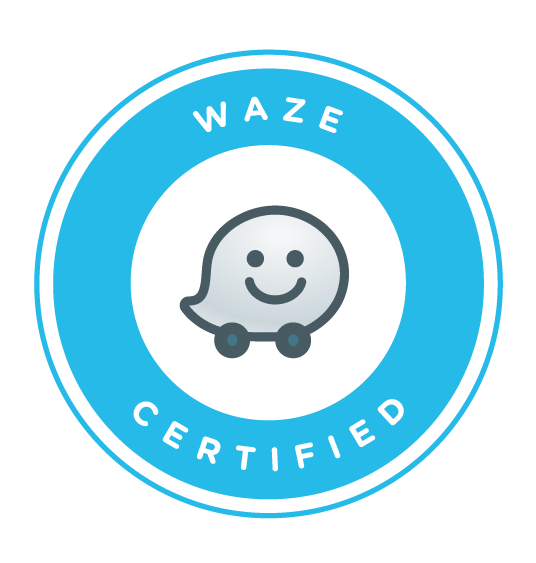
Thinking of blog ideas is one of the most difficult, but crucial, aspects of content marketing. If you want to rank well with Google, and to receive a consistent stream of visitors to your website, then you need to be creating quality content on a regular basis. Depending on the size of your company, and whether or not you or your staff consider writing a chore or a pleasure, this can sometimes be a testing and time consuming experience. We’re here to show that it doesn’t have to be that way.
Our short guide below will show you how, with the right blend of imagination and research, you can generate a year’s worth of content ideas in no more than an hour.
Choosing your Themes
Choosing your themes should be a relatively simple exercise. Think about your company and the services or products you provide. Look at your website and see how these services and products are grouped. This should provide your main topics and themes. Are you a PR company who offer social media management and content creation in addition to traditional PR services? Then traditional PR, social media management and content creation are the themes around which you will write your content. Perhaps you an IT services company, who offer IT support, web design and software as a service? Then there you have three main themes to take with you into the next stage of the process – research.
Keyword Research
Keyword research is a crucial part of this process. This step can provide you with rough ideas for content creation, but this is not the main purpose. What we want to do is to identify target keywords related to our themes. We will choose these according to their relevancy, search volume and competition. We want to look for keywords which are relevant to our themes, which have a healthy monthly search volume (at least three figures), and that have medium – low search competition. If we can do this, then we will be able to create content intelligently, content which historical data suggests people will search for, and which you will have a good chance of ranking for.
To perform keyword research simply open the Google AdWords Keyword Planner, (tools>keyword planner) and click ‘search for new keywords using a phrase, category or website’. This feature is only open to registered AdWords users, so you will need to create account if you don’t already have one.
Enter your themes, as many or as few as you like, in the first text box, make sure your relevant country is selected and go ahead and hit ‘get ideas’.
Now you’ve got your keyword ideas, scroll down to your results and hit the download icon, this will enable you to open the results in Excel, and to proceed to hone down your list according to the criteria specified above. AdWords will generally generate a list of 700+ keywords, the majority of which will either be irrelevant or unsuitable for our purposes. It’s your task to chisel this list down to 25 or so keywords per theme.
Blog Post Titles
There are a ton of ways to get inspiration for generating blog post titles, but, in our opinion, there are few which equal the breadth of data and content available on Buzzsumo.
Buzzsumo allows you to search for the most shared content on the web by keyword, with data provided on Facebook, LinkedIn and Twitter. This means that you can use that carefully curated spreadsheet you put together before to generate numerous ideas on content which Buzzsumo tells you has a high share rate.
This is not to say that you should simply take content ideas directly from the Buzzsumo results, but that you should use these results as inspiration.
Look at what other people are writing about your subject, look at what content people are writing related to that subject, take that info on board and create something original of your own. This will require some thought, but no one ever said that creating quality content was easy, if it was, everyone would be doing it!
Scheduling Content
Depending on the extent of your content creation plan, you may want to transfer the blog ideas generated above into an editorial calendar. This will enable you to plan weeks, months, even years into the future, depending on the rate of blogs you want to publish, and the amount of content ideas you managed to generate. Putting together an editorial calendar will enable you to delegate the writing of blogs to different members in your team, and will also provide you with an overview of the entire process. You can go ahead and create your own content calendar in Excel if you like, just add the various columns you think appropriate aside from the main elements such as date and title. Otherwise, please go ahead and download our free editorial calendar template, which will enable you to start scheduling in posts to be written straight away!
Now you have your blog titles scheduled, you can move on to the fun part – writing them! Good luck!






